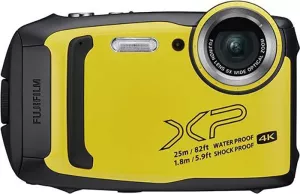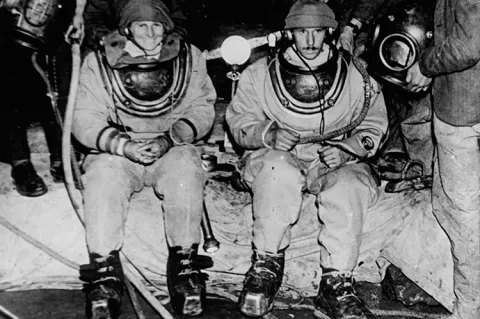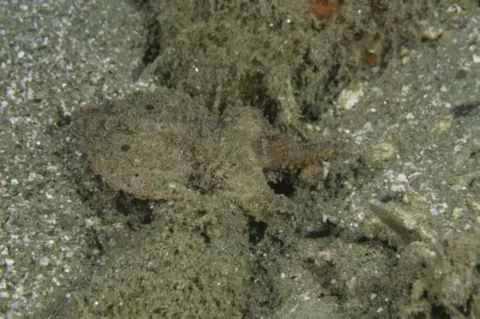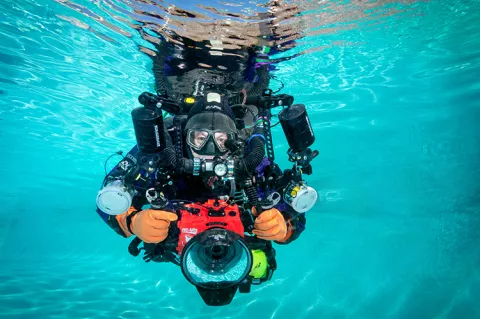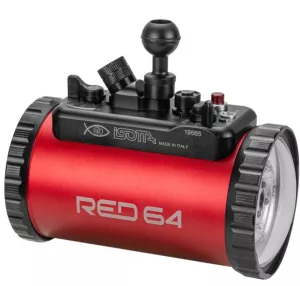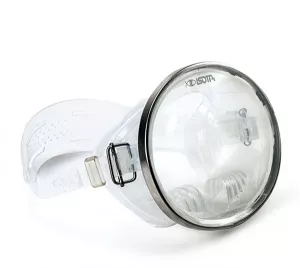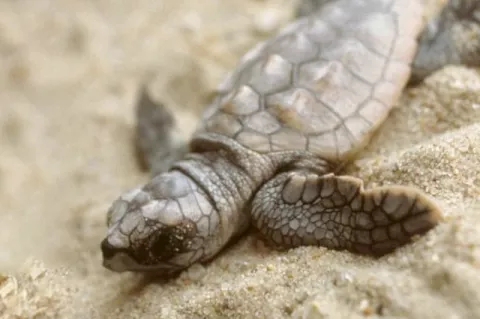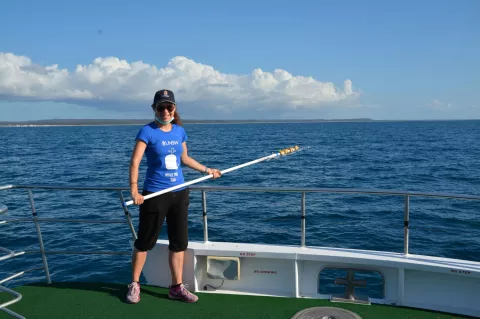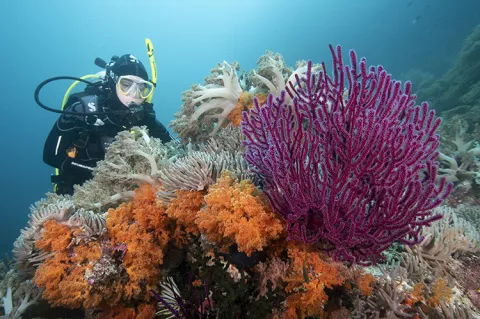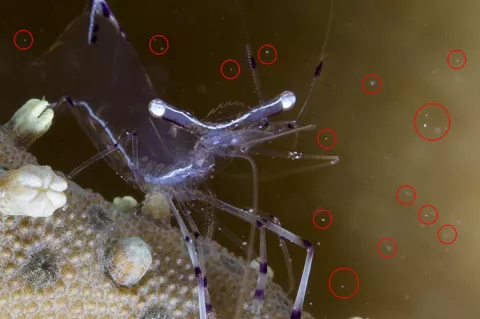Nutrients are bad news for corals
Typically, coral reef environments are low in nutrients such as nitrogen and phosphorous compounds. However, such conditions are not set in stone as sometimes, passing ocean currents can bring in nutrients from elsewhere. In addition, man-made fertilisers and stormwater runoff from adjacent coastlines can also contribute to the nutrient levels.
And, high levels of nutrients are bad news for corals.
- Read more about Nutrients are bad news for corals
- Log in to post comments




